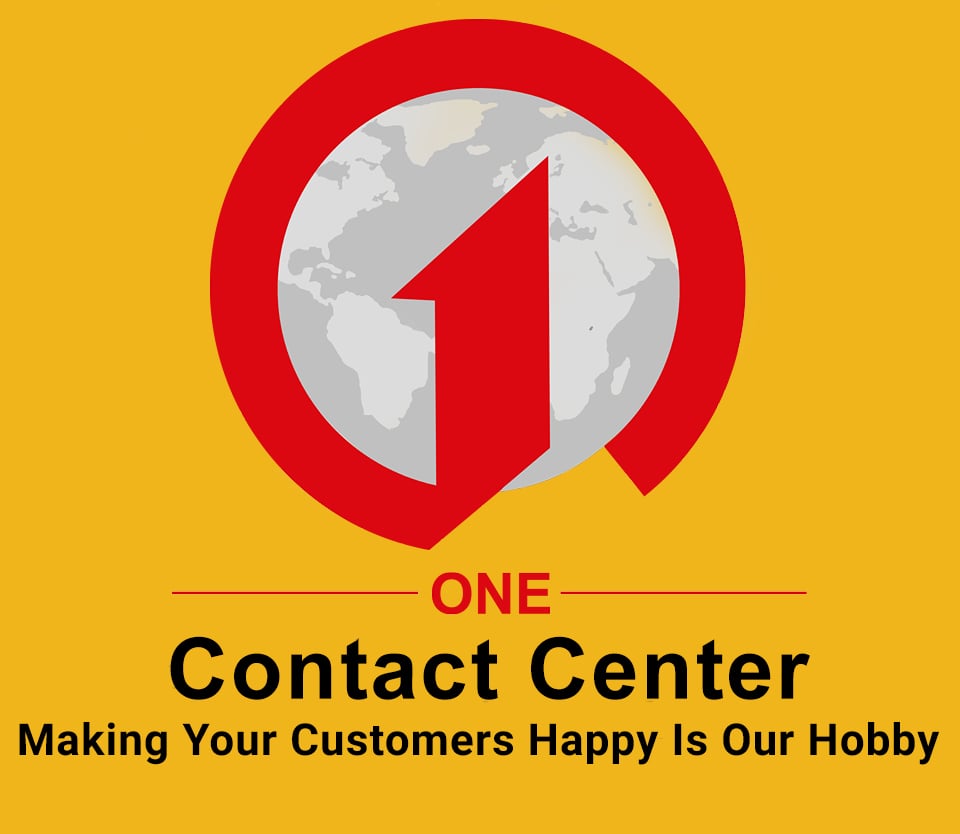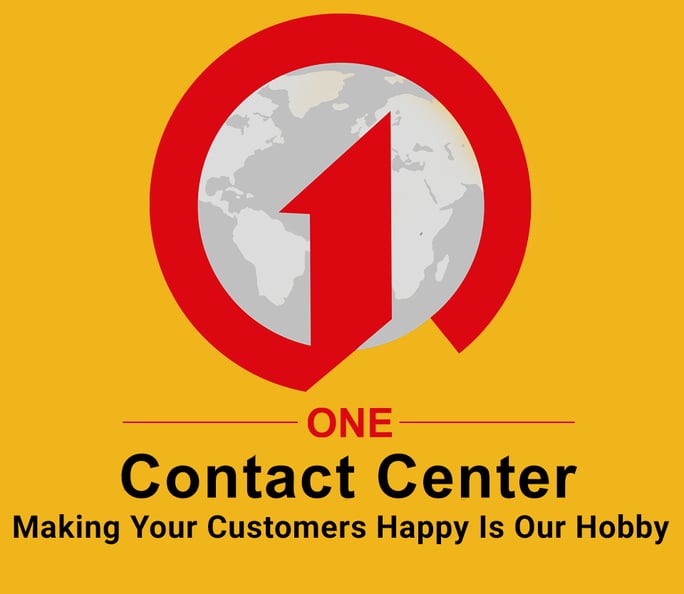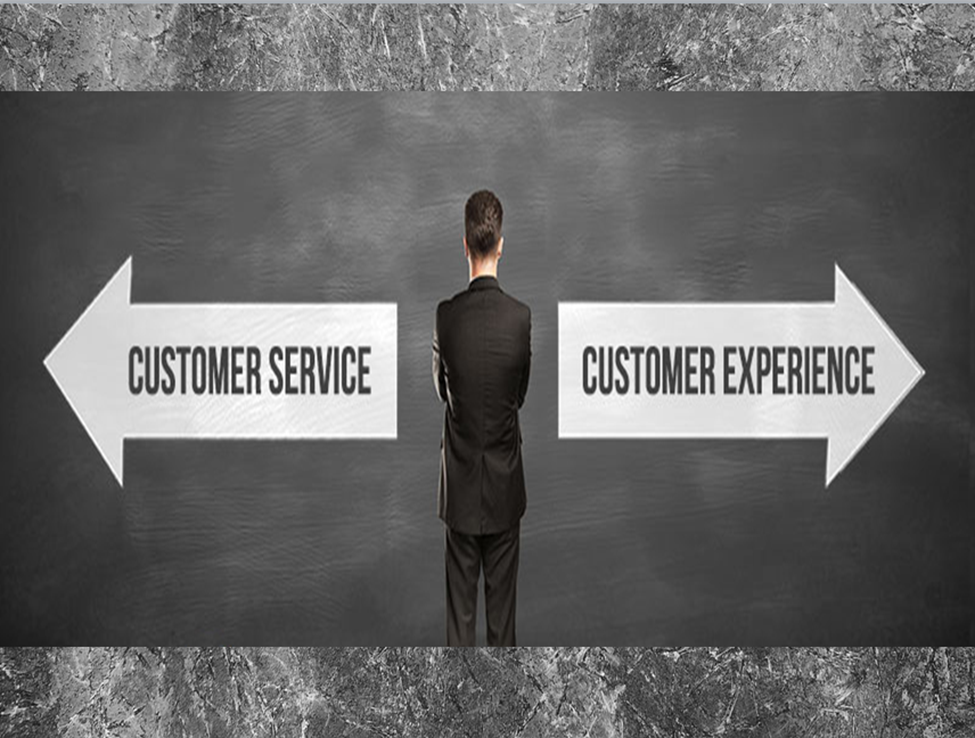Not so long ago, communication with customers was limited to a few traditional methods like phone calls, mail, or face-to-face interactions. However, the rapid advancement of technology has opened numerous new channels and opportunities for customer communication. Understanding and leveraging the technology effectively can significantly enhance a company’s relationship with its customers.
Utilizing AI and Chatbots
AI and Chatbots have revolutionized customer service by providing instant responses to common inquiries, reducing wait times, and freeing up human agents for more complex issues. They can be integrated across various platforms such as websites, social media, and mobile apps, ensuring a seamless customer experience.
Text Message Marketing
Text message marketing leverages the high open rates of SMS to deliver timely and personalized messages directly to customers’ phones. This method is highly effective for time-sensitive promotions and reminders, ensuring that your message is seen almost instantly.
Web-Based Live Chat
Web-based live chat systems are essential for real-time customer support and sales assistance. They allow businesses to connect instantly with customers, providing a platform for immediate query resolution and enhancing the overall customer experience. Implementing live chat has been shown to significantly increase customer satisfaction rates.
Integrating CRM Systems
CRM systems are essential for managing customer interactions and data effectively. They help businesses track customer activities, manage leads, and automate marketing efforts, which enhances communication and fosters better relationships.
Exploring New Tech Platforms
The continuous advancement in technology offers businesses new platforms to reach and interact with customers. Staying updated with the latest technologies and testing new platforms can provide competitive advantages and improve overall communication strategies.
Training and Empowering Your Team
Developing Strong Communication Skills
To ensure consistent quality, conduct the training regularly and when necessary, such as in times of crisis or product and company updates. Use role-play exercises to give customer service agents experience with various customer interactions. This practical approach helps in building confidence and competence.
Encouraging Empathy and Active Listening
Empathy and active listening are crucial for effective customer service. Train your team to fully engage with customers by understanding their perspectives and providing appropriate feedback. This can include exercises like role-playing from the customer’s point of view to enhance empathy.
Handling Difficult Conversations
Equip your team with the skills to handle difficult conversations through structured training sessions. These should include strategies for de-escalation and maintaining professionalism, even in challenging situations. Regular feedback and scenario-based training can significantly improve the handling of such interactions.
Creating Engaging Content
Developing Relevant and Valuable Content
To effectively engage your audience, it’s crucial to develop content that is both relevant and valuable. This involves understanding the needs and interests of your customers and creating content that addresses these areas. Use customer interactions to learn about common pain points and questions, then tailor your content to provide solutions and answers.
Using Multimedia to Enhance Messages
Incorporating multimedia elements like images, videos, and infographics can significantly enhance the appeal and effectiveness of your messages. These elements help in breaking the monotony of text and make the content more engaging and easier to understand.
Interactive and Real-Time Engagement
Engaging with customers in real time through live chats, webinars, or interactive posts can significantly boost engagement levels. This direct interaction not only fosters a stronger connection but also allows for immediate feedback and adjustments to your content strategy.
Conclusion
Effective communication with customers is more crucial than ever in today’s multifaceted digital landscape. As technologies evolve, so too should our approaches to customer communication, ensuring that every interaction adds value and builds trust. Leveraging technology and implementing effective communication techniques will not only enhance customer engagement but also drive business growth.
One Contact Center

One Contact Center offers BPO services for small businesses, startups, and international brands.
If you’re keen on boosting your customer experience with reliable BPO services, please, contact us today. We’ll be more than happy to help!










